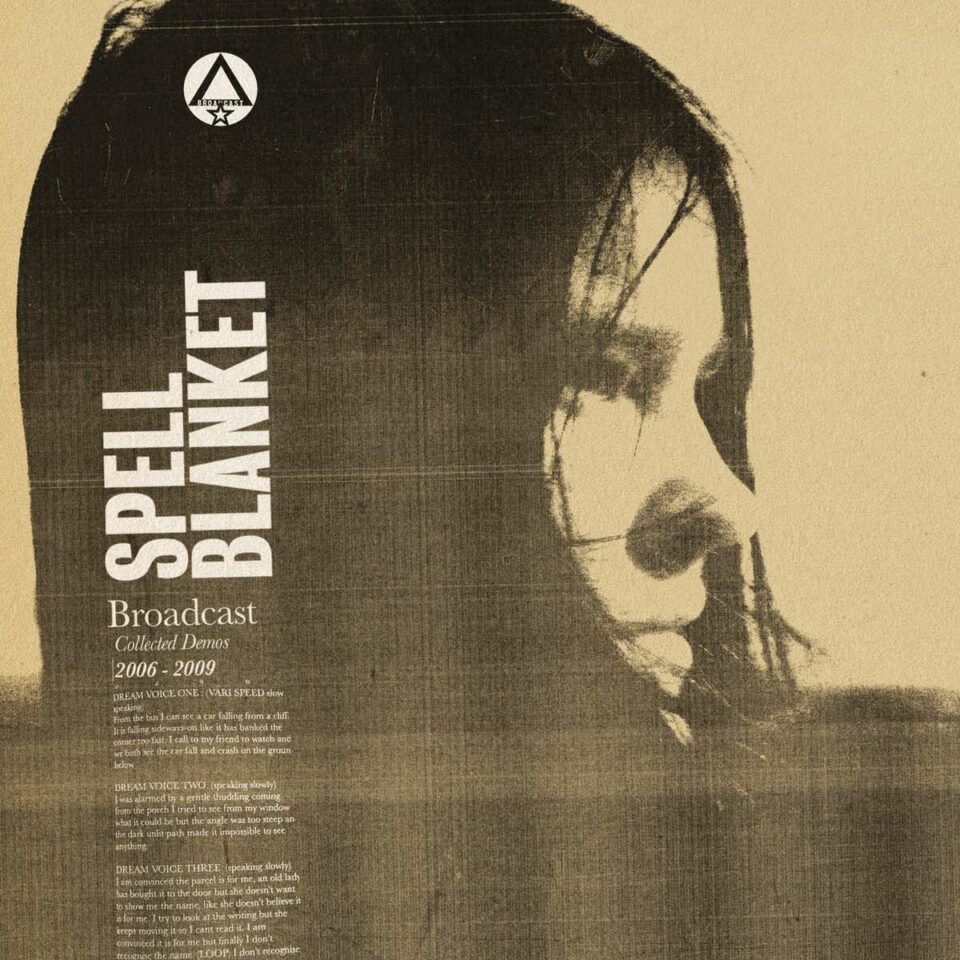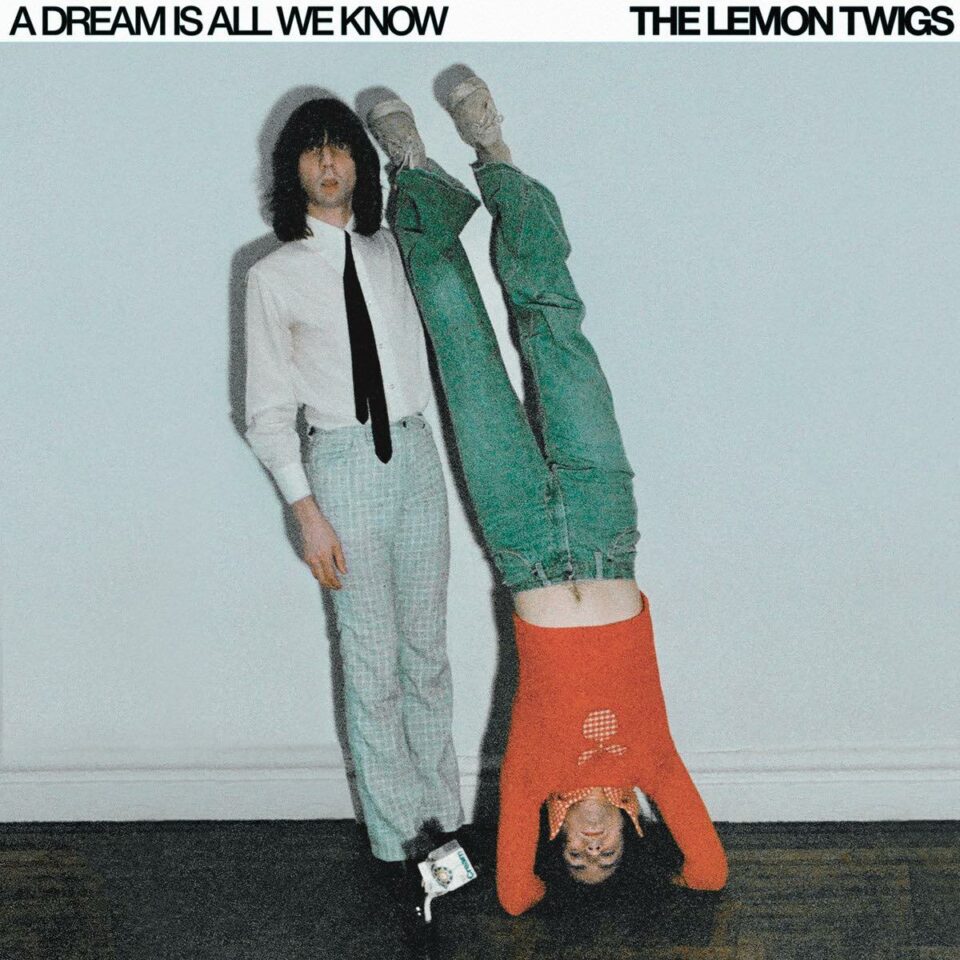Philip Selway
Strange Dance
BELLA UNION
Radiohead’s Philip Selway has been adamant that he was not the right drummer for his latest solo album, Strange Dance—a bizarre notion for the percussionist in one of the biggest contemporary rock bands in the world. But he was right. Since drummer Valentina Magaletti took over the metronomic reins instead, Selway was free to stand back and focus on the album conceptually, fortuitously creating his most complex and exciting work to date.
The progression from his stripped-down 2010 debut Familial to his latest cinematic work is undeniable. Strange Dance evokes comparisons to Radiohead’s A Moon Shaped Pool and his own Let Me Go motion picture soundtrack, yet it also has a distinct quality aided by Magaletti along with additional contributors—including Portishead’s Adrian Utley and composer/producer Hannah Peel—who add a luscious touch to Selway’s songwriting. Lyrically, Selway explores feelings of helplessness and distress from the perspective of someone struggling to overcome some sort of obstacle or trauma. Selway has been vocal about volunteering with the UK charity Samaritan (an organization similar to the suicide hotline in the US, which helps people in emotional distress), so it’s easy to imagine his lyrics were informed by this work.
On the opening track “Little Things,” Selway pleads not to be overcome by “what they say.” Since the lyrics are in the second person, it’s hard to know to whom this message of encouragement is directed, but it seems to be a conversation between two people. The commanding string arrangements on the track invoke an overwhelming emotional furor reminiscent of ’70s-era Carole King, a core influence to Selway. On the next song we discover that the narrator (or the person he’s talking to) holds a deep shame that they cannot share, causing them to live in anguish and lose sleep. Despite the track’s initial hopelessness, the narrator pleads to “Leave a light on in the dark / It will keep you safe” even as the world seems to fall apart.
On the next two tracks, Selway alternates from the first person to the second. In “Check for Signs of Life,” the lyrics focus on someone desperately trying to not be alone. In “Picking Up the Pieces,” the narrator looks in from the outside and sees someone trying to get their life together, trying to empathize with their struggle: “I can’t imagine how it felt / To be on your own here.” Hopelessness and hope have this back and forth on Strange Dance, hence the album title. The record often feels like a conversation Selway might have had with someone struggling—it’s a bid for hope when in a dark place.









